I'm working with an infrared emitter/detector system based on an Osram SFH 4545 IR LED collimated through a 40mm dia, 120mm fl lens and a sensor array based on three separate sets of three Vishay TSOP 34856's all running a 56kHz signal. Both emitter and detector are designed to mounted on a wide variety of fully mobile objects and so cannot be physically connected.
The issue is the mobile elements mounting the sensor arrays are typically much larger in terms of surface area then the detectors can cover, especially considering the number of components used. Also, by design the sensors must be exposed during a highly physical process thus requiring additional protection and maintenance.
Would it be possible to use fiber optic lines as a light pipe to bring the IR signal to the sensor array? I am imagining arranging multiple lines over a broad area of the target element, thus increasing the area each array can cover and also allowing the delicate sensor components to be moved to a more protected location. Ideally, I would like to be able to utilize the same detectors or at least one with similar parameters so as to avoid any redesign or reprogramming.
If this is possible, what type of cable would be required? How would the ir signal be collected at each cable? I can't imagine that you would have raw cable ends sticking out everywhere, but I can't seem to find any termination components that aren't designed to physically connect to a light source. I've researched this fairly thoroughly via Google and several other message boards and haven't found the information I need. My team and I are firmly in the DIY camp and so our knowledge base is deep only in specific areas. Fiber optics is not one of them. Any help would be appreciated.




